Sample Pitch Email for Speaking Engagement
Pitch emails can be an effective way to book speaking engagements…if they are executed thoughtfully and strategically.
Using Pitch Emails to Win Speaking Engagements
Let me be blunt: launching yourself as a speaker is tricky. You’ll need courage, conviction, and a tolerance for rejection. You’ll also need pitch emails that are just absolutely off-the-charts phenomenal.
The good news is that those emails are within reach, and writing them is absolutely an achievable goal for any speaker. The better news is that this article is a comprehensive intro to getting it done.
Let’s start with the background. Cold emails are the most powerful tool you’ve got to land new speaking engagements outside of actual face-to-face networking. They also are pretty blunt instruments—marketers estimate that only about 2-3% of recipients click through.
The fix is, at its heart, to focus on quality over quantity. Emails go unopened because there’s nothing in them that the recipient—this specific recipient—wants to see. To fix that, you need to offer something that’s valuable to them personally.
The purpose of the email is NOT to convince them to book you.
The purpose of the email is to convince them to WATCH your video.
Here’s the hierarchy of purpose — each element has one, and only one, job:
- The subject line gets them to open the email.
- The text of the email gets them to click on your speaker video.
- The speaker video gets them to request more info.
- Their request for more info gives you a warm lead and permission to follow up 👍
That’s our goal: get someone to open the email, get them to watch the video, get them to give us their info so we can follow up and book a speaking engagement. How? Well, that’s mostly about fine-tuning the subject line, the text of the email, the video, and your call to action.

The 7 Components of An Effective Pitch Email
1. SUBJECT LINE
The subject line has one job: get someone to open the email. The best way to achieve that is to be personal, using names, mentioning their organization, and targeting their likely mission. Something like, “Sharon — Let’s Inspire Students at Oakmont High”
2. FROM NAME & IMAGE
The “from” name on your emails is critical. Make sure it’s professional: first and last names, no nicknames or abbreviations. The image next to it should be a simple, clean, easily recognizable headshot. You need the email to feel like it’s coming from a real person, not an automated account.
3. OPENING SENTENCE
Most browsers and apps include the first few words of the email as part of the inbox display. Take advantage of that with something intriguing, contextual, or personalized.
4. EMAIL BODY
Once the reader opens your email, the body text has to get them to click through to your video. Aim for about five lines that make it clear what you’re offering. Don’t ask them for anything other than their attention, and let the video do the talking.
5. VIDEO THUMBNAIL
The description should be straightforward and designed to win trust: “Watch this four-minute video of [[Eddie]] in action.” The thumbnail should focus on you, and show an attentive audience.
6. SPEAKING VIDEO
It’s critical to host the video on your own site (after uploading through Vimeo, Wistia, or similar). YouTube is blocked on most school and company servers, and the social metrics can distract from your inferred credibility—ex: why does this video only have 128 views? Learn more about putting together a speaker video that gets you booked.
7. CALL TO ACTION
The video, along with the site itself, is designed to get a response. This is where your call to action comes in. The video should inspire them to risk their reputation to put you in front of their audience. The video should be 90% as compelling as watching you speak in person—and you want to channel that viewer enthusiasm into a warm lead with a no-obligation, simple message, like “Schedule a Call” or “Request More Info.”
Testing and Iteration
Nobody gets this right the first time. You’ll need to test out your emails, tweak, rewrite, and test again. Start by putting together a few different versions of your email, and send each to just ten people. Track your opens, clicks, replies, and spam filters. Take the best one, iterate, and improve.
You’ll get there. This isn’t easy, but with a little practice, cold pitch emails could be one of your most effective tools to earn speaking engagements.
RESOURCES 👍
